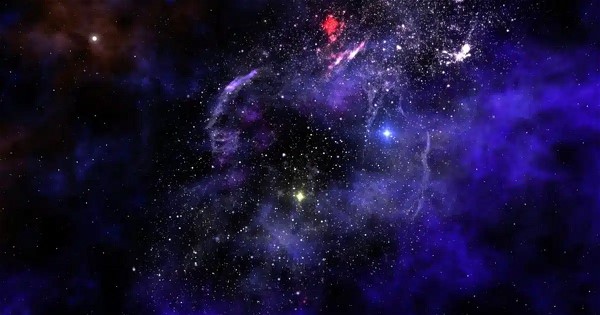You May Listen to Scientists Recreate the Eerily Beautiful Sound of Sparkling Stars
In a fascinating development, astronomers have found a new way to understand the causes of starlight flickering within massive stars. This phenomenon, distinct from the visible twinkling caused by Earth's atmosphere, originates from movements within the cores of these stars. The findings were published in the journal Nature Astronomy.

Figure 1. The Eerily Beautiful Sound of Sparkling Stars
Figure 1 shows the study's goal is to provide insights into the behaviour of massive stars, those over 1.2 times larger than our Sun. Understanding these stars can shed light on the formation and evolution of stars and galaxies, as well as the creation of elements crucial for life, like oxygen. The twinkling of large stars is the result of gas waves rippling across their surfaces.[1] These waves originate within the turbulent and chaotic "convection zones" at the cores of massive stars. In these zones, gases collide and expel heat, generating waves that cause the starlight to alternately brighten and fade, creating the twinkling effect.
The team of scientists at Northwestern University in the US converted these waves into audio waves to produce the sound of twinkling stars. This innovative approach offers a method to detect stars' signatures that might otherwise be masked and invisible even to powerful telescopes and the human eye. The process involved creating 3D simulations of the energy emanating from a massive star's core to its outer surface. These simulations allowed astronomers to anticipate how the twinkling waves would appear when observed through a powerful telescope. The researchers then transformed these simulations into computer models, calculating the amount of twinkling caused by various frequencies and intensities of waves.
The resulting audio track represents a human "translation" of the twinkling waves. Since the actual twinkling waves fall outside [2] the range of human hearing, the researchers adjusted the frequencies to make them audible. This approach allowed the scientists to merge two processes with different timescales—the initial turbulence of colliding gases, which takes weeks, and the reverberating waves, which persist for hundreds of thousands of years.
The concept for this approach was inspired by the idea that musical sounds are generated by instruments and then reverberate within a room. The resulting audio track transitions from a clear sound to an eerie one, symbolizing the movement of waves from the star's core to its surface. Additionally, the researchers reversed the simulation to demonstrate the effect in the opposite direction, feeding "human" songs into the computer model to observe how sound waves would change if passed through a star's core and outward. The chosen songs— "Twinkle Twinkle Little Star" and Gustav Holst's orchestral suite "The Planets"—became hauntingly beautiful in the process.
While the convection waves explain part of the stars' flickering, they don't align in terms of frequencies and intensities with astronomers' observations. The simulations developed by the Northwestern scientists represent significant progress, but there's still much to learn about the inner workings of massive stars. This research will guide future telescopes to explore the inner regions of stars where heavier elements are formed.
References:
- https://www.sciencefocus.com/news/eerily-beautiful-sound-of-twinkling-stars
- https://www.yahoo.com/lifestyle/listen-star-twinkle-world-first-150000232.html
Cite this article:
Janani R (2023) , You May Listen to Scientists Recreate the Eerily Beautiful Sound of Sparkling Stars , Anatechmaz, pp.484

